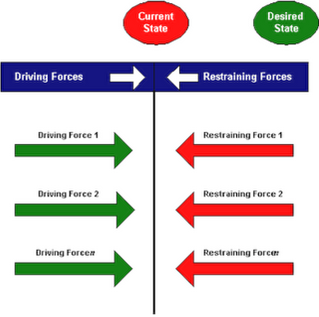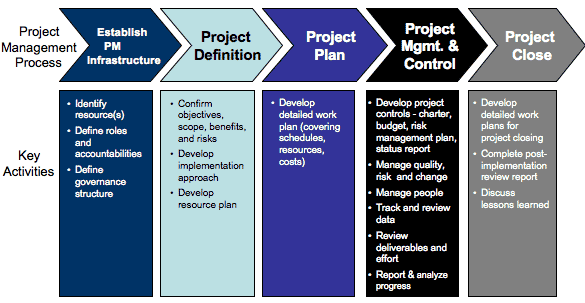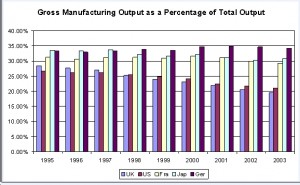 It is essential, when starting a project, that the team fully understands what the Objective is. This might sound obvious but is also something which is often overlooked. Sometimes the team is formed and the project kicked off without any clear statement about the Objective of the project. Consequently different Team members have different views on what the Objective is and this inevitably leads to unnecessary conflict and wasted effort.
It is essential, when starting a project, that the team fully understands what the Objective is. This might sound obvious but is also something which is often overlooked. Sometimes the team is formed and the project kicked off without any clear statement about the Objective of the project. Consequently different Team members have different views on what the Objective is and this inevitably leads to unnecessary conflict and wasted effort.
The time to set Objectives is during the Storming phase of Team formation. During this period the Objective may be “kicked around” and debated until a consensus is found. This will happen at the beginning of the Norming phase. The team leader provides a pivotal role in agreeing objectives by setting the scene and putting things in context.
Objectives should be S.M.A.R.T:-
Specific.
Objectives need to be specific. They need to stipulate what is required, why it is required, when is it required & by whom.
The more Specific you can be about the Objective the greater your chance of success.
Measurable.
Objectives have to be measurable so you can track progress towards your goal. Establish suitable charts which track progress in a clear way.
Aggresive
Objectives MUST be Aggresive; not in a violent way (of course) but in a challenging way. They should be set such that they stretch the capabilities of the team in terms of performance and timescales.
Realistic.
Objectives MUST be Realistic. The setting of Objectives beyond the technical competence of the team or outside of its political remit will only lead to disappointment & poor morale. Also Objectives should not be too lax otherwise the Team will not be motivated and the outcome may not be favourable with external competitors.
Targets
Performance Objectives should be published & measured against targets.
SMART Objectives lead to SMART Performance !
chris@projectsguru.co.uk
www.projectsguru.co.uk


 Once the plan is in place & agreed the project then moves into the execution phase. This is when things really start happening and, if the planning has been done properly, things should proceed according to plan – right ?……Wrong !!
Once the plan is in place & agreed the project then moves into the execution phase. This is when things really start happening and, if the planning has been done properly, things should proceed according to plan – right ?……Wrong !! Ever noticed that, in teams, there are always arguments & some individuals always seem to disagree with everyone else ?
Ever noticed that, in teams, there are always arguments & some individuals always seem to disagree with everyone else ?

 Its common knowledge in the U.K that manufacturing has declined over several years but the attached graphic illustrates just how serious that decline is compared to other leading nations. The situation after the credit crunch is likely to paint an even grimmer picture.
Its common knowledge in the U.K that manufacturing has declined over several years but the attached graphic illustrates just how serious that decline is compared to other leading nations. The situation after the credit crunch is likely to paint an even grimmer picture.


